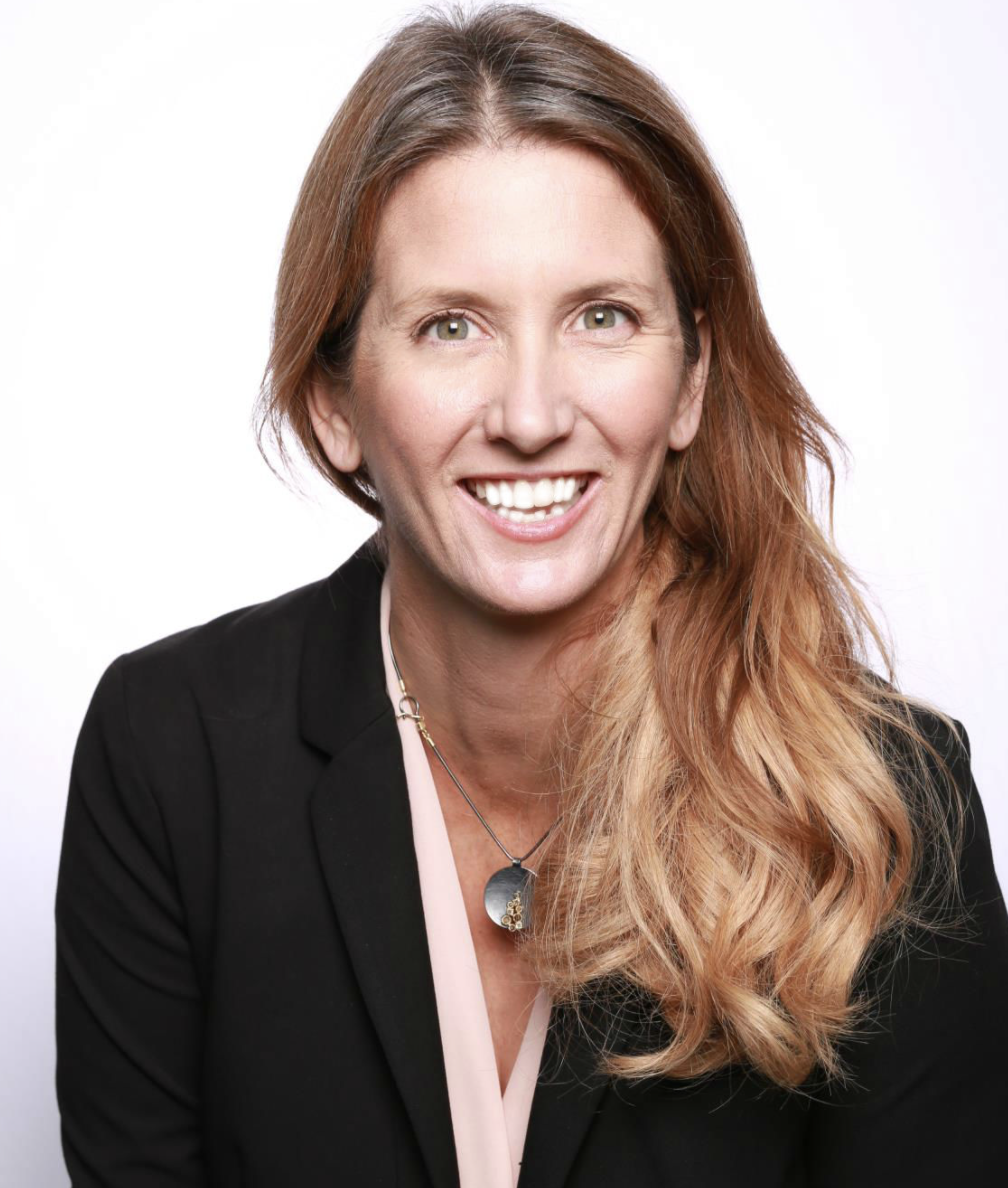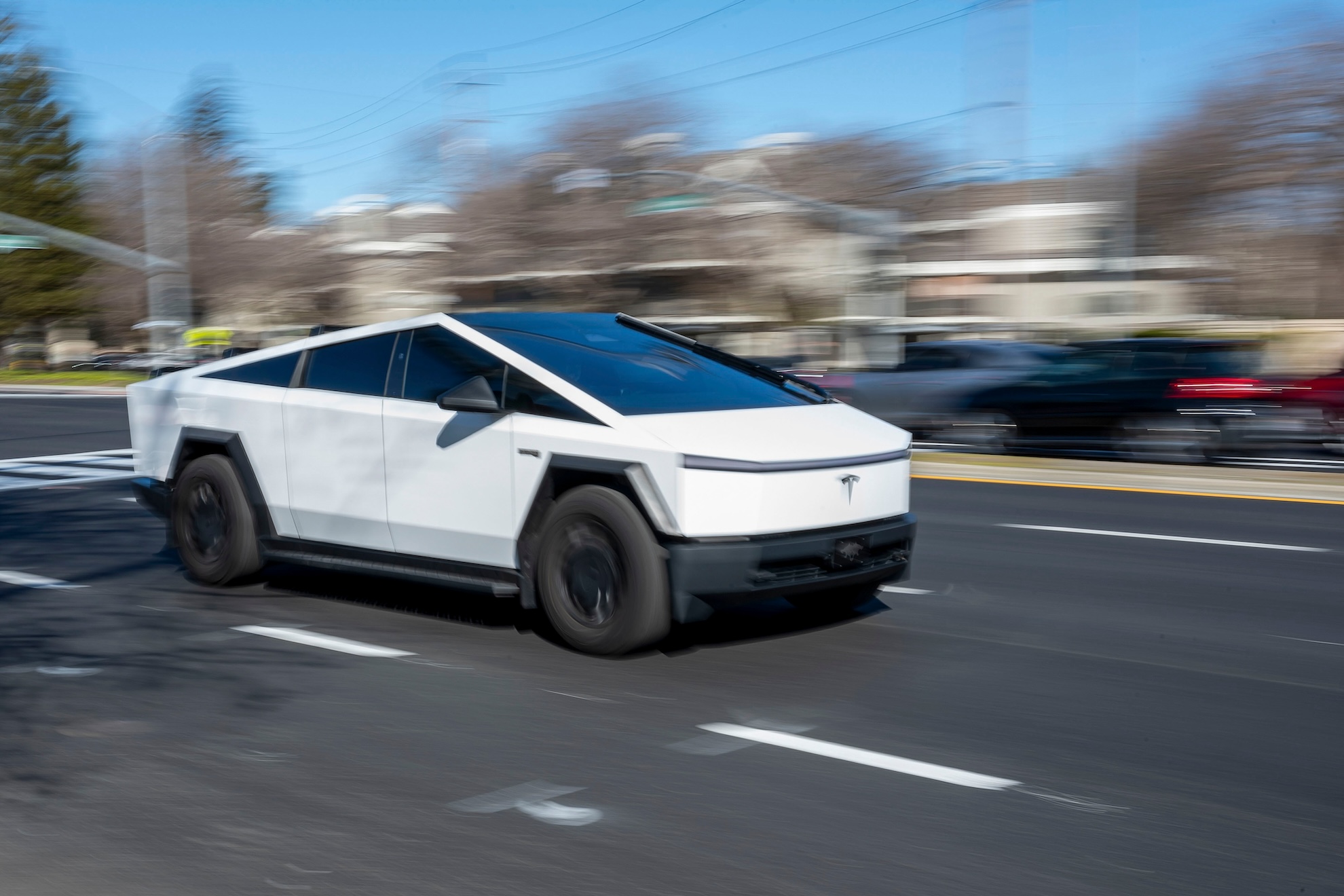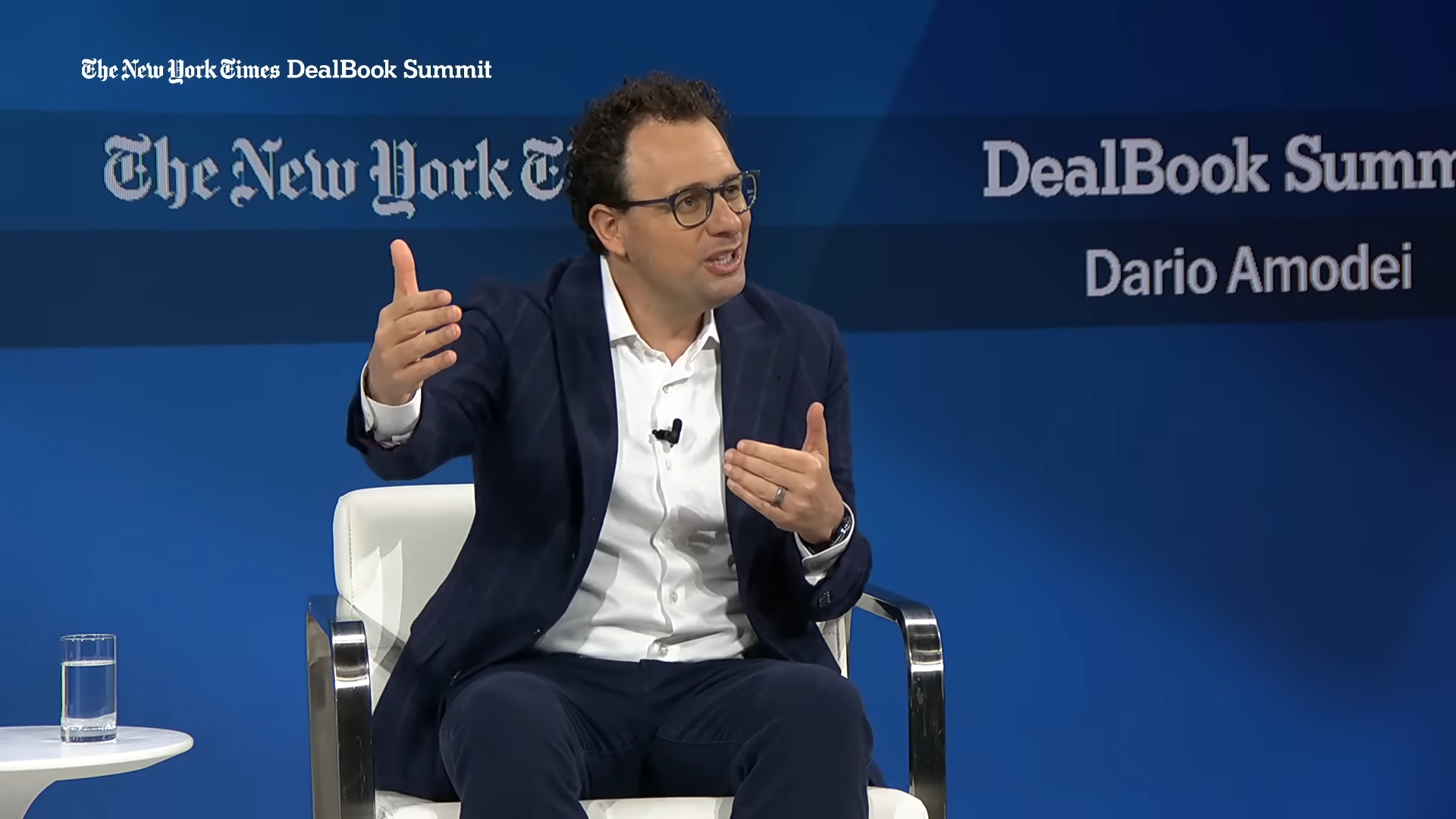
San Francisco Mayor Daniel Lurie has articulated a clear strategic direction for the city, positioning it as a premier proving ground for groundbreaking technologies. With autonomous vehicle services from Waymo and Zoox already a common feature on the city’s thoroughfares, and Uber’s impending entry into the robotaxi market through collaborations with Lucid and Nuro, the urban landscape is rapidly transforming. This aggressive embrace of innovation reflects a long-standing commitment to technological advancement that Mayor Lurie intends to amplify during his tenure.
A Vision for Technological Leadership
Speaking at TechCrunch Disrupt, Mayor Lurie articulated a robust vision for San Francisco as a global nucleus for innovation across diverse sectors. He highlighted a commitment to fostering development in areas such as artificial intelligence, advanced healthcare technologies, and especially autonomous transportation. This perspective is rooted in the city’s historical role as a birthplace of technological revolutions, a legacy the mayor is keen to uphold and expand. He emphasized that San Francisco has consistently been at the forefront of such shifts, and under his administration, this trajectory of leadership and proactive engagement will continue.
The mayor expressed satisfaction with the operational achievements of Waymo, the autonomous driving division of Alphabet, within the Bay Area. This sentiment extends to an open invitation for additional innovators to contribute to the city’s dynamic technological ecosystem. This stance contrasts sharply with the cautious or even prohibitive approaches taken by some other major urban centers globally, underscoring San Francisco’s distinctive readiness to integrate future-forward solutions into its daily fabric.
The Autonomous Vehicle Landscape in San Francisco
San Francisco has emerged as a critical real-world laboratory for autonomous vehicle technology, a development not merely coincidental but cultivated over years. The city’s varied topography, dense urban environment, and diverse traffic patterns present a complex, yet invaluable, testing ground for self-driving systems. Companies like Waymo and Zoox have been refining their technology in this challenging setting, allowing their vehicles to navigate intricate intersections, respond to unpredictable pedestrian and cyclist behavior, and operate in varying weather conditions.
The origins of modern autonomous vehicle development can be traced back to military initiatives, notably the DARPA Grand Challenge series in the early 2000s, which spurred academic and industrial research into driverless cars. California, with its robust tech ecosystem, quickly became a focal point for this nascent industry. San Francisco, in particular, attracted these companies due to its proximity to Silicon Valley and a local culture that often celebrates technological experimentation. Early trials involved safety drivers, gradually transitioning to fully autonomous operations as the technology matured and regulatory frameworks began to take shape. The current widespread presence of robotaxis signifies a significant leap from experimental prototypes to commercial deployment, offering ride-hailing services to the public. The imminent arrival of Uber’s premium robotaxi service, leveraging partnerships with automotive manufacturer Lucid and autonomous delivery company Nuro, further solidifies San Francisco’s status as a competitive market for driverless mobility solutions.
Navigating Complex Regulatory Frameworks
While actively promoting technological adoption, Mayor Lurie underscored the paramount importance of public safety. He clarified that the regulatory oversight for autonomous vehicles is primarily managed at the state level within California. The California Department of Motor Vehicles (DMV) holds jurisdiction over the testing and initial deployment phases of autonomous vehicles, ensuring they meet specific operational and safety standards before being allowed on public roads. Beyond this, any company seeking to offer and charge for robotaxi services must also secure additional permits from the California Public Utilities Commission (CPUC), which regulates public transportation services. This multi-layered regulatory approach is designed to balance innovation with consumer protection and public welfare.
This dual-agency oversight reflects the state’s cautious yet progressive approach to integrating novel technologies. The CPUC, for instance, evaluates factors such as service reliability, accessibility, and pricing structures, ensuring that commercial AV operations serve the public interest. This framework aims to mitigate potential risks while fostering an environment conducive to technological advancement. The careful calibration of state-level regulation contrasts with more fragmented or restrictive approaches observed in other jurisdictions, where local authorities might exert greater control or outright bans, as exemplified by discussions in cities like Boston regarding potential prohibitions on autonomous vehicles. San Francisco’s willingness to operate within this state-defined structure highlights its commitment to a coordinated, statewide strategy for AV integration.
Economic Promise Versus Social Concerns
Mayor Lurie’s supportive stance on autonomous vehicles and other emerging technologies is deeply intertwined with his belief in their capacity to stimulate economic growth and create employment opportunities within the city. The influx of tech companies, investment capital, and skilled talent associated with these sectors is seen as a vital engine for San Francisco’s prosperity. He highlighted that robotaxis have even become a novel tourist attraction, drawing visitors who seek the unique experience of riding in a driverless vehicle. This cultural phenomenon not only boosts the local economy through tourism but also solidifies the city’s image as a futuristic destination. The mayor expressed optimism for the near future, envisioning the expansion of robotaxi services to include airport transportation, thereby enhancing connectivity and convenience for residents and visitors alike.
However, the rapid advancement and deployment of autonomous technology are not without their critics and challenges. Organized labor, particularly unions like the Teamsters, has actively voiced concerns and lobbied for restrictions on self-driving trucks and other autonomous commercial vehicles. Their primary apprehension centers on potential job displacement, as automation could reduce the demand for human drivers in various transportation and logistics sectors. This tension between technological progress and its societal impact represents a significant ongoing debate. While proponents argue that new jobs will emerge in areas like AV maintenance, software development, and infrastructure support, critics emphasize the immediate disruption to existing workforces and the need for robust retraining programs and social safety nets. San Francisco’s leadership faces the delicate task of balancing these economic aspirations with the imperative to address the legitimate concerns of its workforce, ensuring an equitable transition in the face of technological change.
San Francisco’s Legacy as an Innovation Hub
San Francisco’s identity has long been synonymous with innovation. From its origins as a port city during the Gold Rush, through the counter-cultural movements of the 1960s, to its pivotal role in the rise of Silicon Valley and the internet age, the city has consistently served as a crucible for new ideas and disruptive technologies. This historical context provides a strong foundation for Mayor Lurie’s current vision. The city’s unique blend of academic institutions, venture capital, and a dense concentration of tech talent has fostered an ecosystem where experimentation is not just tolerated but actively encouraged.
Culturally, San Francisco often embraces the avant-garde, viewing technological progress as a natural extension of its progressive ethos. This cultural predisposition allows for a level of public acceptance of innovations like autonomous vehicles that might be met with greater skepticism elsewhere. However, this embrace is often accompanied by vigorous public discourse on ethics, equity, and privacy, reflecting a sophisticated engagement with technology’s broader implications. The city’s complex relationship with tech — celebrating its successes while grappling with its unintended consequences, such as housing affordability or widening economic disparities — is part of its ongoing narrative.
The Path Forward for Urban Mobility
Mayor Lurie’s assertive stance reiterates a core belief: that San Francisco is not just a participant but a leader in shaping the future. He articulated a conviction that the trajectory of global innovation frequently originates within the city’s bounds, affirming a strategy to actively support and integrate these advancements. This forward-looking perspective is crucial as urban centers worldwide grapple with challenges like traffic congestion, environmental sustainability, and efficient public services. Autonomous vehicles, alongside other emerging technologies, are presented as potential solutions to these complex urban problems.
The long-term implications of widespread autonomous vehicle adoption in San Francisco could be profound. Beyond ride-hailing, AVs could revolutionize goods delivery, public transportation, and even urban planning, potentially reducing the need for extensive parking infrastructure and reallocating urban space. However, achieving this vision requires continuous collaboration among technology developers, regulators, urban planners, and the community. The city’s role as a testbed implies a willingness to learn from experiences, adapt regulations as needed, and engage in ongoing dialogue to ensure that technological progress serves the collective good. San Francisco’s commitment to being at the forefront of this evolution underscores its enduring ambition to define the future of urban living.





